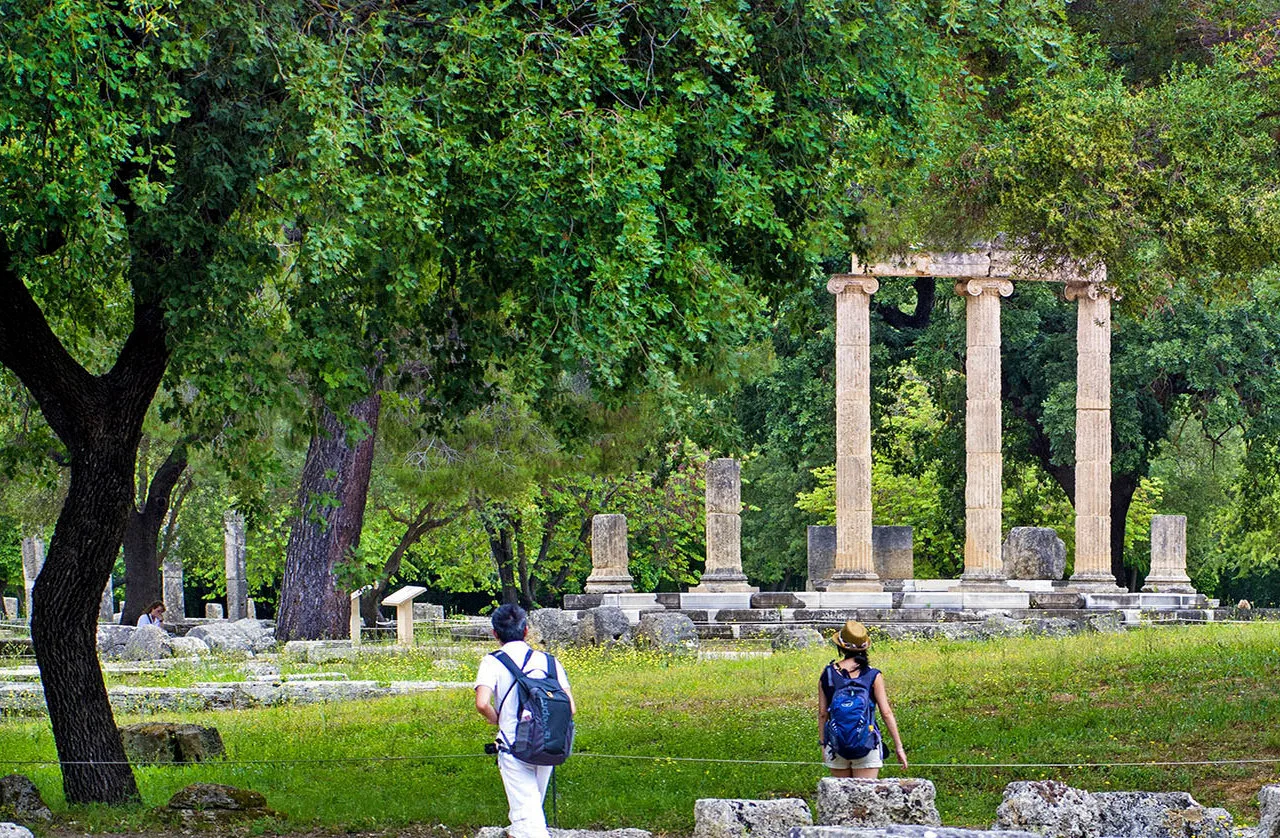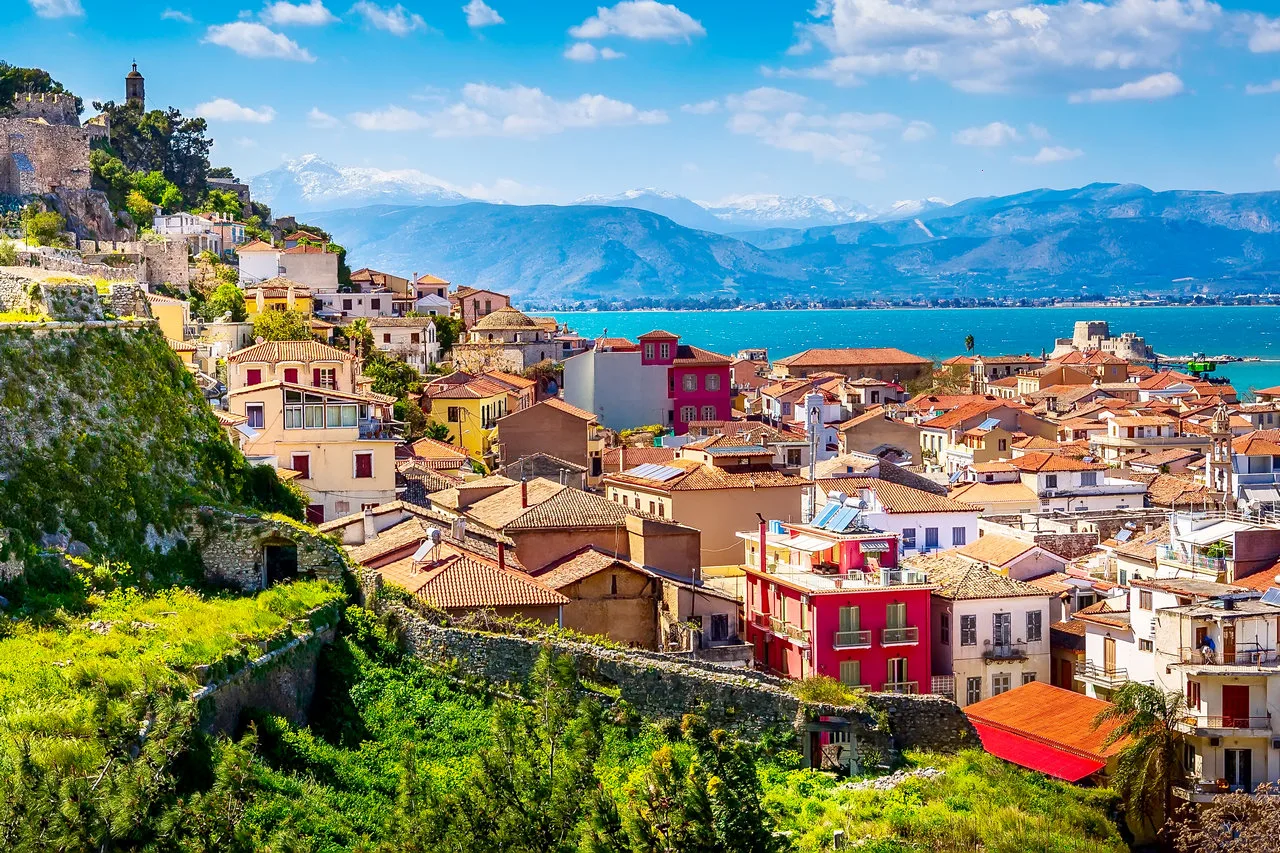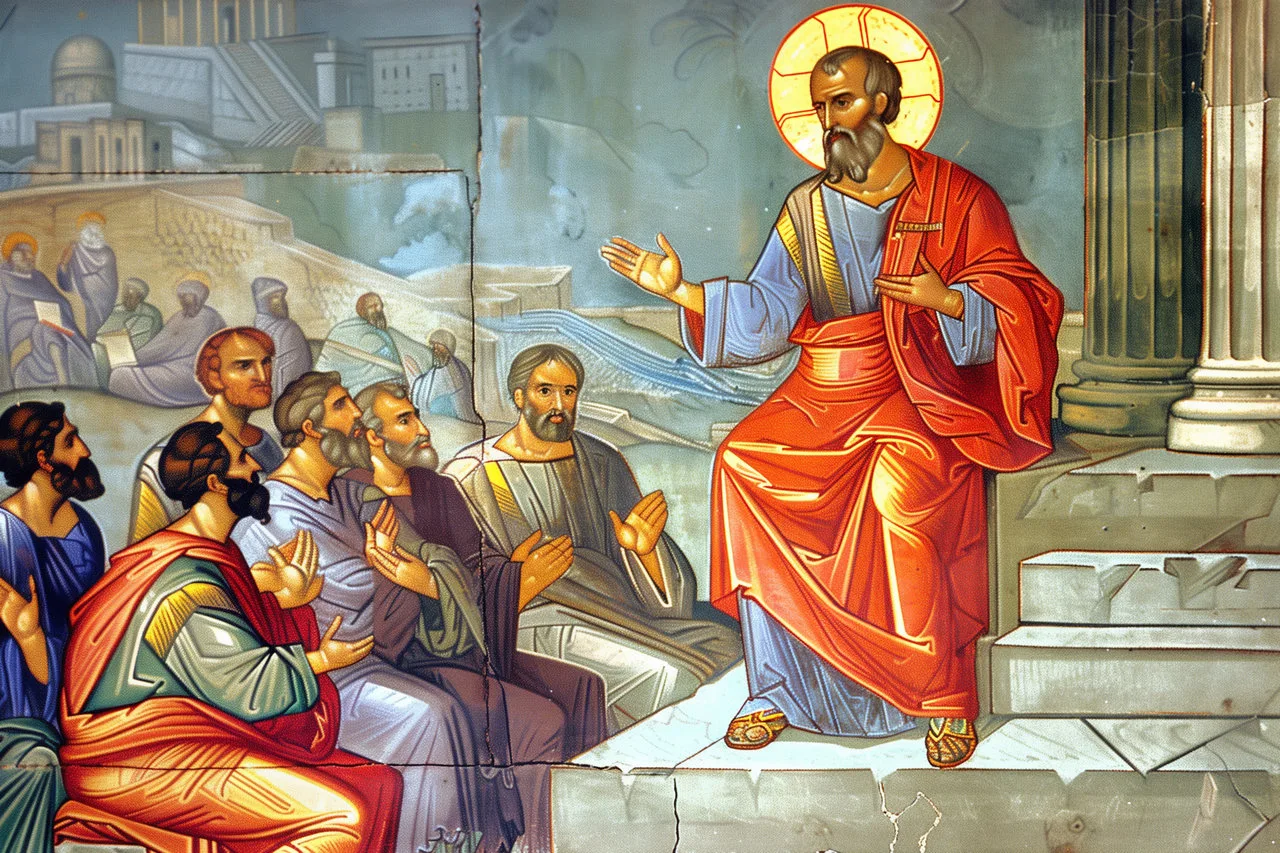Sparta that provoking admiration, fear, virtue, and valor
The Ancient Greek City of Sparta was the greatest military power in ancient Greece and played a significant role in history.
Ancient Sparta was not as sophisticated as Athens, did not create arts and crafts, and has not left us any written masterpiece. It was though the city that stayed in history due to the bravery of its citizens, and its immense role in the Persian Wars. Sparta was actually the complete opposite of Athens and other major cities in ancient Greece, provoking feelings of admiration and fear because of the spirit, virtue, and valor of its citizens.
History of Ancient Sparta
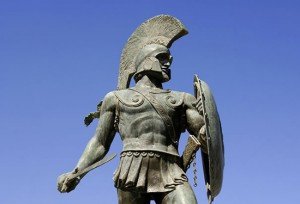
The knowledge we have on the history of ancient Sparta is based on myths and legends. According to the legend, Sparta was founded by Lacedaemon who was the son of Zeus and the husband of a woman named Sparta.
Sparta has become known in history for its military strength, discipline, heroism, and a large number of slaves. It is also known in Greek mythology, especially due to the myth of Helen of Troy that led to the famous Trojan War.
The military power of Sparta was due to the system of education imposed by the laws of Lycurgus, which was unique in ancient Greece. The historical period begins in Sparta after the descent of the Dorians around 1100 BC and ends during the Roman period, although there are clear indications of the influence of the Mycenaean civilization in the region long before the arrival of the Dorians, which mainly composes the history of Ancient Sparta. During Classical antiquity, Sparta was one of the two most powerful city-states in ancient Greece, including Athens.
Peloponnesian War
Sparta began to emerge as a political-military power in Greece at the beginning of the Archaic Period, after the dark years of the Geometric Period and reached its absolute peak after the victory in the Peloponnesian War against Athens and its allies, and when succeeded in imposing its hegemony and influence in much of the ancient world. The rule did not last long and after the defeats by Thebes in 371 BC and at Leuctra in 362 BC it lost its old power.
With the rise of the kingdom of Macedonia began to play a minor role in Greek affairs. Some positive flickering in the third century BC did not prevent the decline following the fate of the rest of the Greek world which was conquered by the Romans. But during the Roman Empire Sparta continued to be attractive due to its rich history.
The education of the Spartans
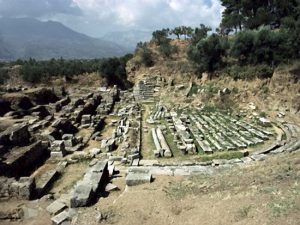
Education was the center of the Spartan system for the upbringing of their children according to the policies introduced by the legendary legislator Lycurgus. Only the male children had a right to education, as soon as they completed the seventh year of age. The only people excluded were the future kings, the firstborn children of the two royal houses of Evrypontides and Agiades.
The system of education was designed to create the model of the ideal Spartan. This means macho young people who have physical strength sufficient to survive through very tough conditions, frugal, the fellow with the other Spartans, relentless towards the enemies of the state, and excellent warriors with special knowledge of weapons and tactics in battle. The team spirit among young students was inspired by their trainers and was the cornerstone of the Spartan hoplite phalanx.
A phrase well known to all of us who hides in the mentality of a people who go down in history as an example of honest and frugal life is the known “I tan I epi tas”. With this phrase, the Spartan mother saying goodbye to her son, reminded him that his duty was to fight bravely for his country, honoring his arms, if need be die for it. The phrase would mean “come with the shield, or on it (dead)”.
This mentality is strongly reflected in the famous battle of Thermopylae, where 300 Spartans died along with Kind Leonidas defending both Greece and their own beliefs.
Sparta Today
The glorious past attracts the attention of many visitors – tourists. There are preserved ruins from ancient Sparta such as the temples of Artemis Orthia, Chalkioikos of Athena, Apollo Karneios, and a Roman theater.
Sparta today is the financial and commercial center of the county. It has a remarkable archaeological museum and a museum of the olive tree. . The plain stretching around it is covered with olives, orange trees, mulberry, and other trees. To the southwest stands Mount Taygetos with towering peaks and wild beauty.


